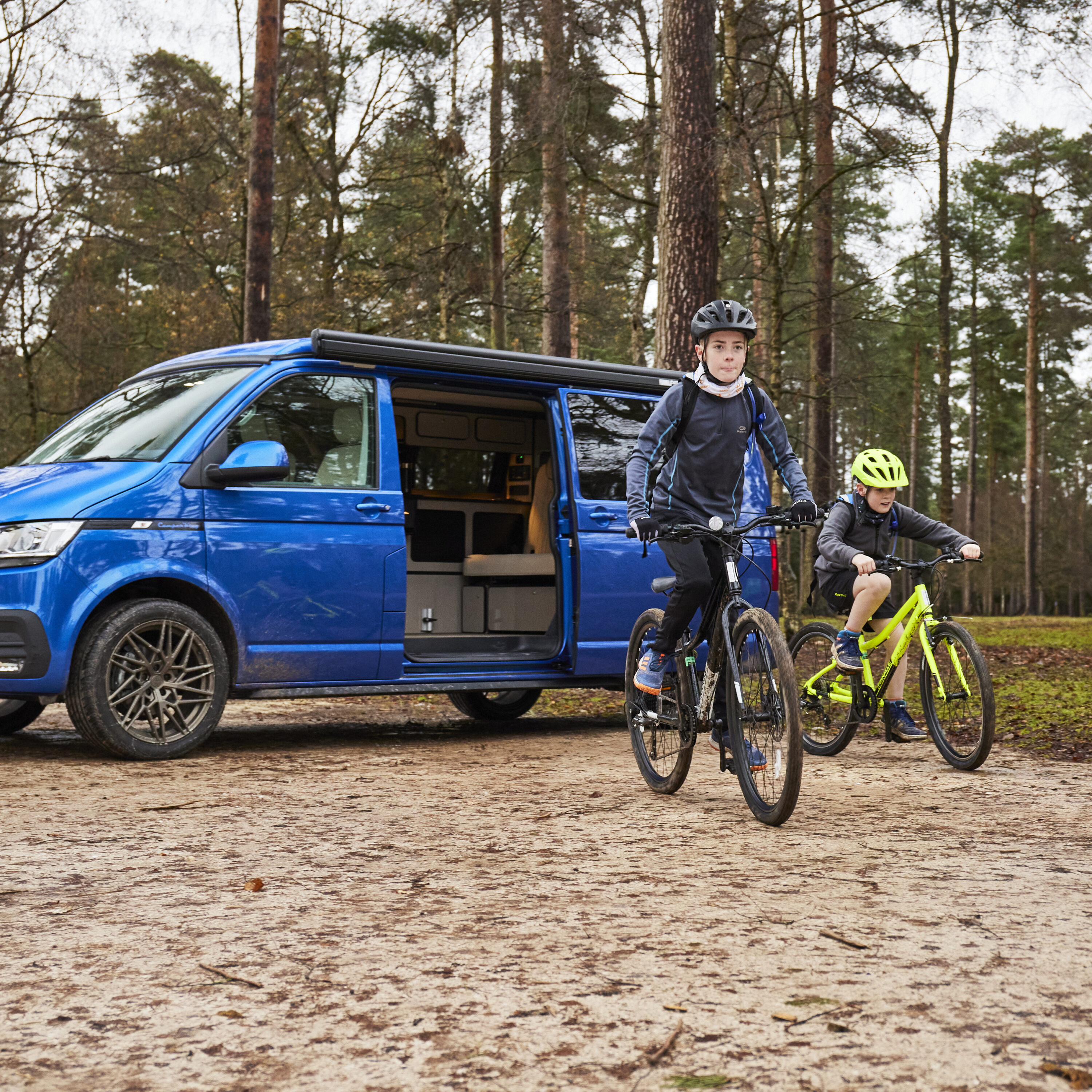Keep your converted VW Transporter in peak condition with a professional service from the experts at CamperKing.
Our skilled technicians offer both interim and full services tailored to your van. With years of experience working exclusively on VW Transporters, we know exactly what your vehicle needs to stay road-ready and reliable.
Whether it’s for peace of mind or prep for your next adventure, book your VW Transporter service with us and drive away with confidence.

Your safety and comfort on the road are our top priorities. That’s why at CamperKing, we offer comprehensive annual habitation checks to keep your campervan in top condition.
Keeping your campervan road-ready and safe is all part of the journey. At CamperKing, we offer full MOT testing for campervans, carried out by trusted professionals who know your vehicle inside and out.
Book your MOT today and keep your adventures rolling smoothly.
We offer interim and full services for anyone with a VW Transporter van.
At CamperKing, we offer a full range of campervan services and upgrades to keep your VW Transporter performing and looking its best. Whether you’re booking a routine service, enhancing your van with tech and comfort upgrades, or customising the exterior, our expert team is here to help.
Our price list gives you a clear idea of what to expect, but as supplier costs can vary, we recommend getting in touch for a personalised, no-obligation quote. Let’s make your next adventure even better.
We advise taking away a loan vehicle and visiting Banbury or surrounding areas such as Stratford-Upon-Avon. On average, a habitation check takes around 3/4 hours to complete.
This can vary depending on the size of the wheels you have. Please see the typically recommended tyre pressures for specific wheel sizes below:
Identify the coolant bottle in your engine bay and top up as necessary, the minimum and maximum mark is identified on the coolant bottle. If you don’t have access to engine specific coolant, you can temporarily top up your level using clean water. If you are unsure, please have this checked by a qualified person.
Depending on the age of your van this may be displayed on the instrument cluster or you may need to look at the service book provided with your van, typically van services are due every 18,000 miles or every 2 years.
Remove the dipstick from the engine, clean it with a clean cloth. Reinsert the dipstick and identify the level mark. From minimum to maximum mark is 1 litre; please top up according to the correct oil for your van. This is normally 5w30, however, if unsure please refer to the owner’s manual or check with a suitably qualified person.
You can fit almost any upgrades to your campervan within our workshop. This can include anything from sidebars, roof racks, bike racks, solar panels, tow bars, parking sensors, and suspension upgrades, to name a few. Contact our service department to find out more.
Simply thread your awning through the C-Rail already fitted to your camper van. If you do not have a C-Rail fitted, please contact our service department to discuss having one fitted.
To ensure that your roof is tied down correctly, double loop your roof strap around the tie down bars on the pop top, loop this through the bottom tie down bar, then through the clasp and pull tight, repeat this for the other side and until there is no movement. Pull in the sides of the tent to ensure that there is no damage to the fabric when closing.
We recommend driving the vehicle for at least one hour every week to charge both the van battery and the leisure battery, and that you hook the vehicle up to mains electrics overnight at least once a month dependant upon usage. This will ensure the battery has a good charge and is conditioned.
We would also recommend that you make sure everything is turned off when not in use, especially the fridge, and that you have the fridge set on a medium to low setting whenever not hooked up if possible, as the fridge is the largest draw of power from the leisure battery. The fridge should also show ‘VENT’ on the door catch when NOT in use. When in use, that catch should be switched to a blank side to ensure the cold air is kept in the fridge.
Dependant on how the battery has been conditioned, how charged it is, the ambient outside temperature, and what you are using within the conversion, such as fridge/freezer, heater, 12v. sockets etc, we would expect anywhere from 12 hours to 48 hours usage as a general rule. However, dependant on the demand, this can increase or decrease.
Continuous use of the leisure battery without charging by mains hook up will drain the leisure battery to the point it will no longer hold a charge, and keeping the battery on mains hook up when the conversion is not in use can also cause damage to the leisure battery and in both instances would result in the battery requiring replacement.
After every use of the leisure battery we advise to hook up to mains to fully recharge and condition the batteries, this will stop the batteries from being fully discharged and causing damage to the battery cells which in turn will reduce the battery health.
Sign up to receive our offers and updates today.